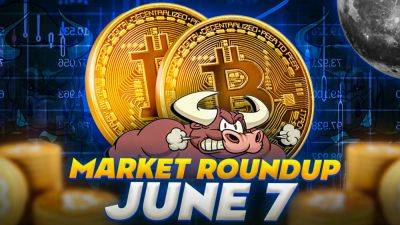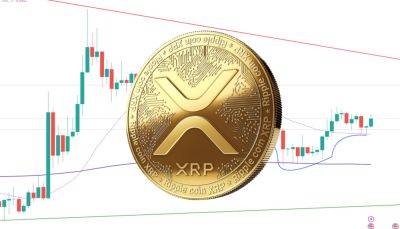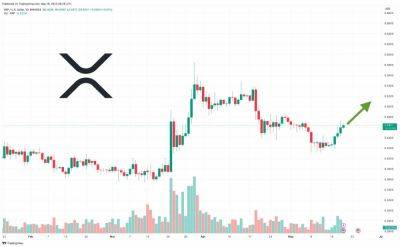Ripple vs. SEC: Could newly released documents tip the balance?
The ongoing case of the Securities and Exchange Commission v Ripple Labs could have a significant impact on the future of cryptocurrency regulations.
Ripple first popped up in 2012 with the promise of providing financial institutions and other entities with faster, more affordable clearance of cross-border fund transfers. To that end, Ripple created the XRP Ledger and a cryptocurrency called XRP (XRP) to function as its native coin and facilitate transactions.
On Dec. 22, 2020, the SEC sued Ripple, alleging that the firm selling XRP represented an unregistered securities offering.
Ripple co-founder and former CEO Chris Larsen and current CEO Brad Garlinghouse were also named in the SEC’s charges.
Most entities on the receiving end of SEC enforcement actions choose to settle. In this case, however, Ripple chose to fight the charges — at great expense — and take the matter to court.
Ripple argued that XRP does not satisfy the Howey test, which is used to determine whether an investment contract exists — and, therefore, whether a transaction is a security transaction. It also said that if XRP was, in fact, a security, the SEC had failed to give it fair notice under U.S. securities laws.
The “Hinman documents” refer to a 2018 speech given by former SEC Director William Hinman and documents associated with writing it.
In the speech, Hinman said that Ether (ETH) should not be considered a security given its decentralized nature, stating:
This was considered a landmark speech, as it signaled to the crypto industry that it could be possible for cryptocurrencies to transition from securities when they are first created to commodities once they are sufficiently decentralized.
This could have an impact on Ripple’s fair notice defense,
Read more on cointelegraph.com




















